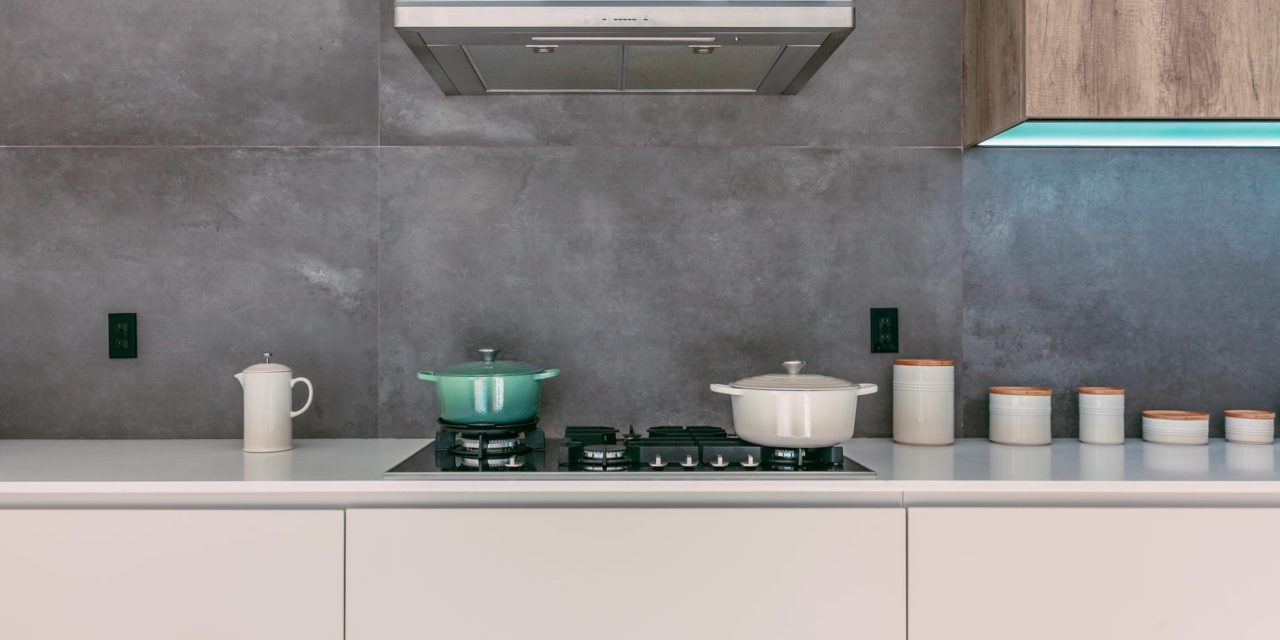[ad_1]
The Housing Industry Association (HIA) had forecast a 2.6% rise in kitchen installations within Australia during 2012/13. However, there was a significant increase in kitchen installations during 2012/ 2013 that resulted in a much higher 11.7% rise. Moreover, the HIA forecast for kitchen installations in 2013/ 2014 is an increase of 2.8% (a total of 166,500 kitchen installations). Following previous trends, this new forecast will probably be surpassed. However, one thing that is not likely to change is the role that kitchen showrooms play in helping home owners to make informed decisions during kitchen installations.
Kitchen showrooms offer a realistic display of what your kitchen remodel will look like. You can literally see every single fixture and appliance the way it will be in the final product. You have the opportunity of viewing numerous designs and also talking to experts in kitchen design.
However, for your kitchen showroom tour to be truly fruitful, you must have a checklist of critical aspects to evaluate, which will help you in making your decision for your kitchen installation. Such a checklist will help you find the perfect balance between your personal preferences, functionality of the design and new innovations in design.
1. Must-have features: It will make absolutely no sense having a glamorous, sophisticated kitchen design; yet maneuvering around it during food preparation is an enormous challenge. To avoid this, you must have a clear understanding of all the critical features.
How far do you want the counter to be from the stove? How high do you want the cabinets to be? How many wash basins do you require?… Whenever you assess kitchen showrooms, these are the first aspects to consider. If they aren't present, then it doesn't matter how beautiful the design, it simply won't suit you. However, some designs can be modified to include minor changes.
2. Spacing: The issue of spaciousness and proper organization within the kitchen has a major impact on safety. This would prevent potential disasters such as house fires, especially since a 2012 report by the South Australian Metropolitan Fire Service indicates that many house fires related to cooker and heater use occur during winter months. In fact, during 2012, fires related to cooking mishaps accounted for approximately 80% of all the fires during winter.
When considering the aspect of space, you should also think about the dining experience. Will the space be sufficient for the number of people expected to dine there? Will the facilities accommodate a comfortable dining experience? Remember that even in seemingly cramped spaces, some space-saving options can be adopted. These include: stool designs that tuck comfortably under the kitchen island or folding bar stool designs.
Storage is another aspect that will have an impact on the available space. The amount of storage you need would depend on the quantity of items you intend to store. Would you need cabinetry right up to the ceiling or just bottom shelves? Also remember that too many unnecessary cabinets would reduce on available space that is necessary for ample lighting and good ventilation.
3. What can you do without?: Initially, you made a checklist of fixtures that you simply cannot do without. On the other hand, you also need a checklist of fixtures that you are willing to substitute with something better or simply do without. This will enable you to adopt new innovations in kitchen appliance and fixtures. For instance, you may dispose of an old refrigerator and install a new and more efficient model.
[ad_2]
Source by Jeremy Foxe


